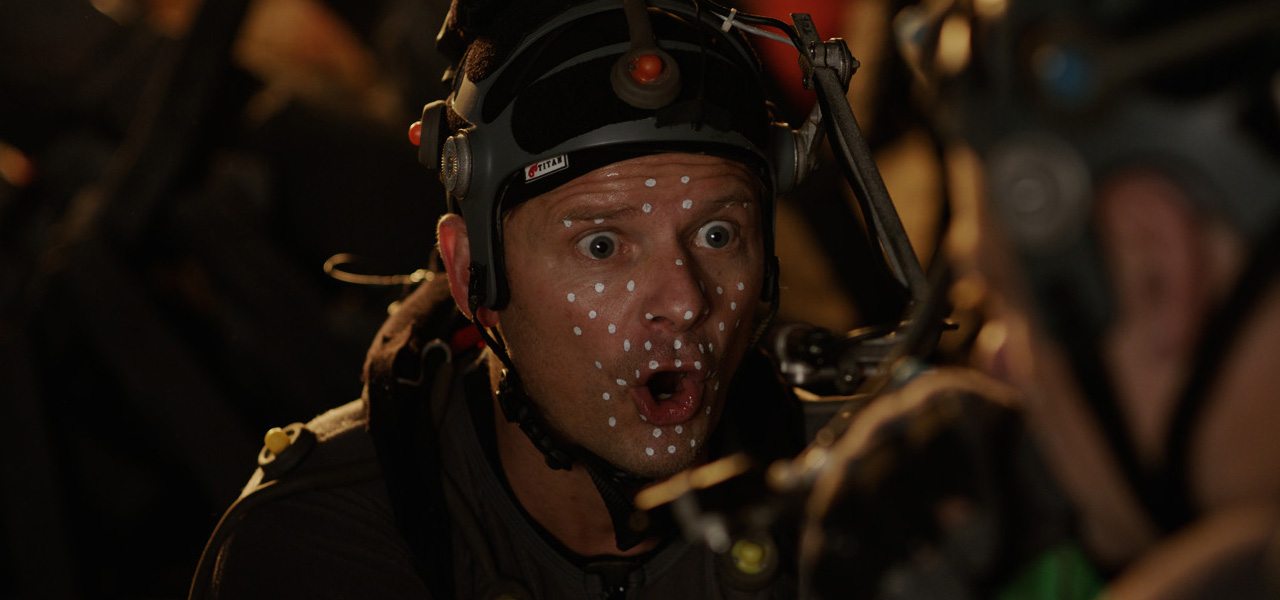
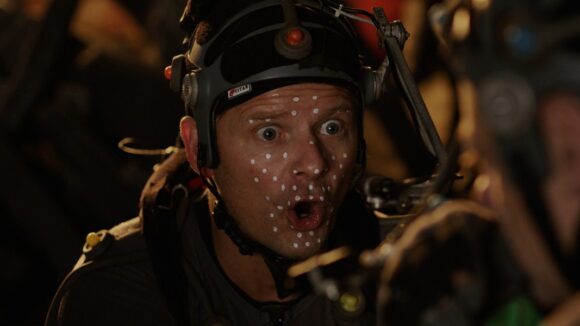
2018 VFX Oscar Predictions, And The Films That Might Just Steal a Contender Spot
Each year it gets harder and harder to predict who might be in the final contention for the visual effects Oscar, let alone which films might make the final five. This year that’s partly because of the incredibly strong showing of visual effects over 2017, and because in recent years the final list often includes a few surprise outsiders.
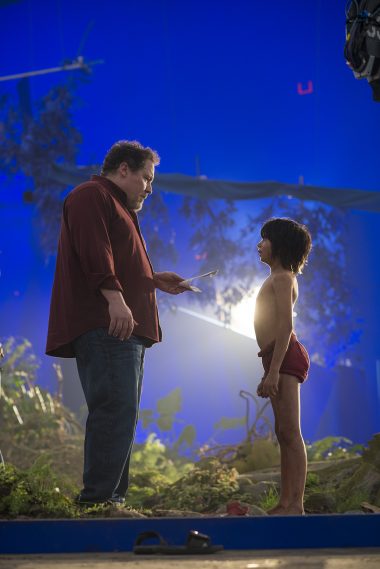
Typically in early December the Visual Effects Branch Executive Committee of the Academy will come up with a list of 20 films for consideration (which will be a particularly tough choice this year). Then, an equally tough choice is made of whittling down the list to 10 film that will participate in a “vfx bakeoff” held in early 2018, and from that a final five nominated films will vie for the Academy Award for best visual effects.
Cartoon Brew has compiled its own final five vfx Oscar contender predictions, as well as just a couple of outsiders that may well make the list based on their clever use of visual effects. Remember, the eligible films are judged, according to the Academy rules, on (a) consideration of the contribution the visual effects make to the overall production, and (b) the artistry, skill, and fidelity with which the visual illusions are achieved.
A possible final five
The frontrunner for the most recent vfx Oscar was The Jungle Book, and of course, it won. This time around, an obvious prediction is perhaps not quite as apparent, because right now there are really two frontrunners: War for the Planet of the Apes and Blade Runner 2049. We won’t know about the full extent of another likely leader, Star Wars: The Last Jedi, until mid-December.
Matt Reeves’ War for the Planet of the Apes surely has some of the most photoreal creatures ever realized on screen. Weta Digital has been mastering this art over many films, predominantly on two previous Apes outings, both of which received vfx Oscar nominations. War feels like a film that made zero compromises in bringing its digital creatures to life; real actors in performance capture suits were filmed on location – including in snow and rain – and the film was edited with them ‘as is.’
Then, Weta Digital drew on its expertise in translating body and facial motion to their cg models, simulating muscles and fur, and creating further photoreal environments and effects. It might just be the Apes franchise’s time for Oscar recognition, led by visual effects supervisors Joe Letteri and Dan Lemmon, animation supervisor Daniel Barrett, and special effects supervisor Daniel Whist.
Hot on Apes’s heels is Denis Villeneuve’s Blade Runner 2049, which immediately had the challenge of meeting the standards of one of the most well-regarded visual effects films of all time in the 1982 original. That’s a standard the new film met, and possibly surpassed, with a diverse array of offerings from cityscapes to holograms and a completely photoreal rendition of Sean Young as she appeared in 1982.
Also, in an era where pretty much every effect can be digital, it did seem like the filmmakers tried to capture as many things practically as possible, including real plates of Mexican favelas, miniatures, and practical sets and vehicles. The work here was led by visual effects supervisors John Nelson, Paul Lambert (Double Negative), Richard R. Hoover (Framestore), and Richard Clegg (MPC), and special effects supervisor Gerd Nefzer.
As noted, Rian Johnson’s The Last Jedi remains a slight unknown right now, but based on the two most recent vfx Oscar-nominated Star Wars efforts – The Force Awakens and Rogue One – you can be sure the visual effects from Industrial Light & Magic will be stunning. Already, some of the marketing behind the film has also been pushing the practical side of the filmmaking – in fact, Neal Scanlan’s practical creatures are likely to feature heavily.
Even though there are guaranteed to be some big moments in the film (the trailers showcase space battles, salt flat battles, and some pretty unique critters), one thing to think about with these new Star Wars films is how integrated the vfx are into the storytelling, and that fits the mold for how much they simply contribute to getting the movie on the screen. Overall visual effects supervisor Ben Morris is leading the effects effort here.
Before Dunkirk, both of Christopher Nolan’s previous two films, Inception and Interstellar, won an Academy Award for best visual effects. Those films – and Dunkirk – use visual effects in seemingly subtle ways, and always tend to combine cg with large-scale practical effects and miniatures. That’s certainly the case in this war film which has several ships at sea shots, and a number of aerial dog-fights, all of which feel incredibly authentic (often because they are shot for real).
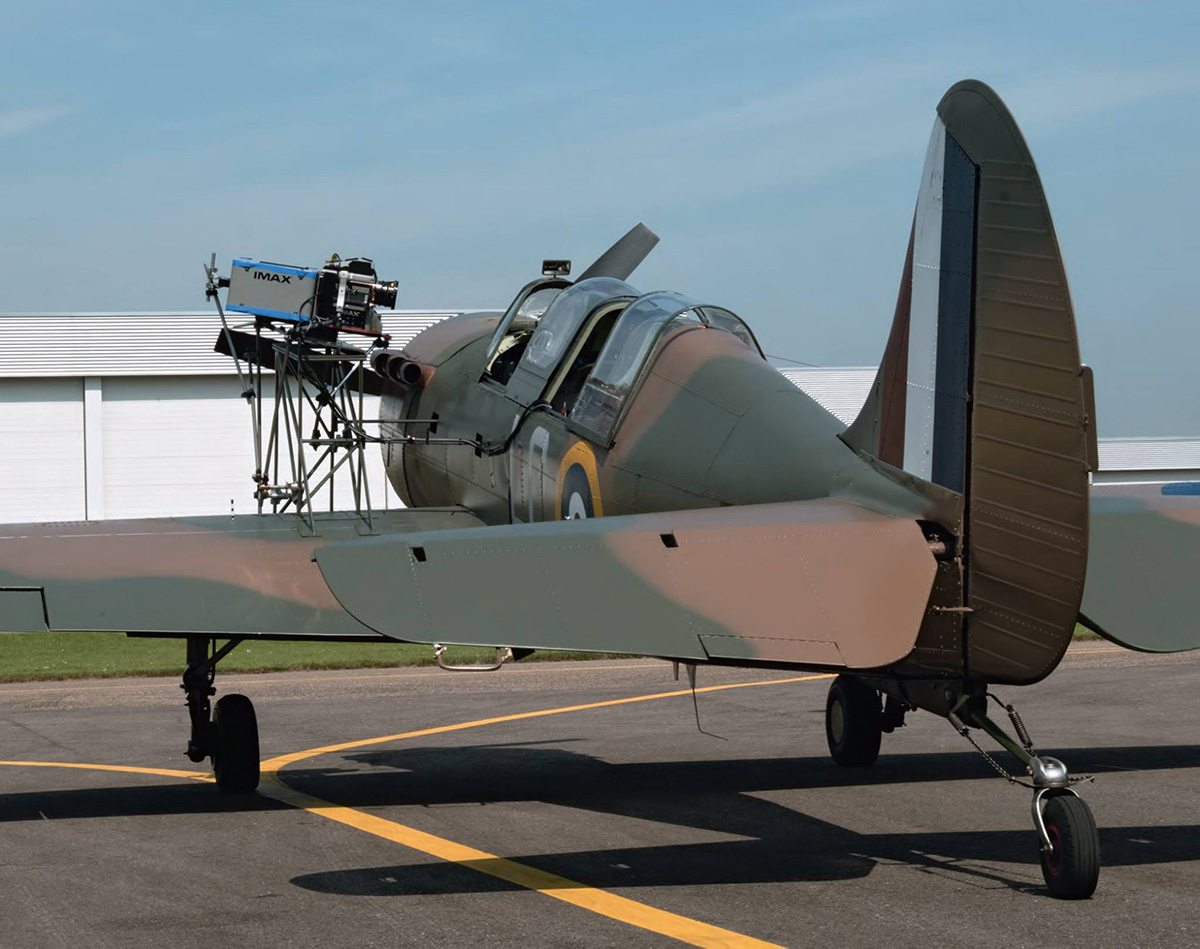
One challenge for Dunkirk in terms of vfx Oscar consideration might be that much of the effects have been kept under wraps by the filmmakers (Nolan, who shot Dunkirk on film, regularly states that he is not a fan of digital). Interestingly, that may well produce a surprise advantage; when voters see any breakdowns showing what was shot for real and what was visual effects, the impact could be far greater. The effects work was led by visual effects supervisors Andrew Jackson and Andrew Lockley from Double Negative, and special effects supervisors Scott Fisher and Paul Corbould.
Cartoon Brew’s number five in the final contender predictions is James Gunn’s Guardians of the Galaxy Vol. 2. Put simply, the film just has so much rich visual effects work that it’s hard to imagine it not being included as a nominee. Effects are made up of several cg creatures (some even worked on by multiple vendors), complex environments that take fractals to new levels, and some of the best de-ageing visual effects done so far in Young Kurt Russell.
The first Guardians of the Galaxy was also nominated for best visual effects, and this sequel is pretty much wall-to-wall with similar spectacular scenes that go even further. The effects work was led by visual effects supervisors Christopher Townsend, Guy Williams (Weta Digital), and Jonathan Fawkner (Framestore), and special effects supervisor Dan Sudick.
Could these two films steal a slot?
To be clear, there’s probably enough incredible work from 2017 that some other film might slot itself into one of those five positions. Just look at what was achieved in films like Kong: Skull Island, Thor: Ragnarok, Spider-Man: Homecoming, Valerian and the City of a Thousand Planets, and Wonder Woman, among others. But, each year it’s worth also considering some of the possible outsiders. Last time, outsiders Deepwater Horizon and Kubo and the Two Strings were nominated. And in 2015, outsider Ex Machina won best vfx.
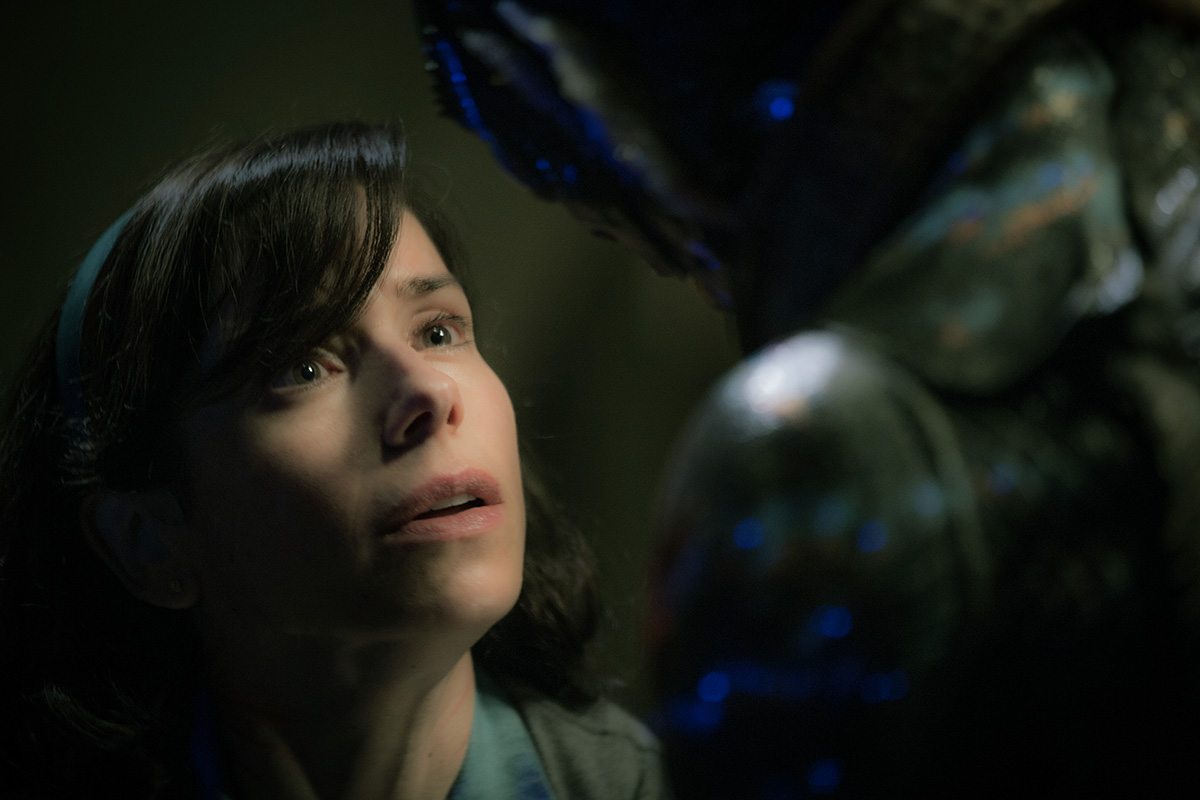
This year, two possible films may well find their way into final consideration. The first is Guillermo del Toro’s The Shape of Water, already receiving rave reviews. Its effects chances relate mostly in the creation of The Asset creature, played on set by Doug Jones wearing prosthetics by Legacy Effects, and then augmented and sometimes realized completely in cg by Mr. X Inc. That practical/digital combo for a performer somewhat echoes Ex Machina, which also featured a compelling story and became an audience favorite amongst the contenders back in 2015.
The Shape of Water’s vfx team is led by visual effects supervisors Dennis Berardi and Luke Groves, digital effects supervisor Trey Harrell, and animation supervisor Kevin Scott.
The other outsider is James Mangold’s Logan, which surprised many with the addition of several scenes involving seamless cg Hugh Jackman digi-doubles. There are plenty of other invisible effects, too, and voters could easily embrace the fact that all these exist in a film that doesn’t feel like a visual effects film at all. Leading the effects work were visual effects supervisors Chas Jarrett, Martyn Culpitt (Image Engine), and Berj Bannayan (Soho VFX).
What’s your view? Have we left out an obvious or major contender? Let us know in the comments.

.png)